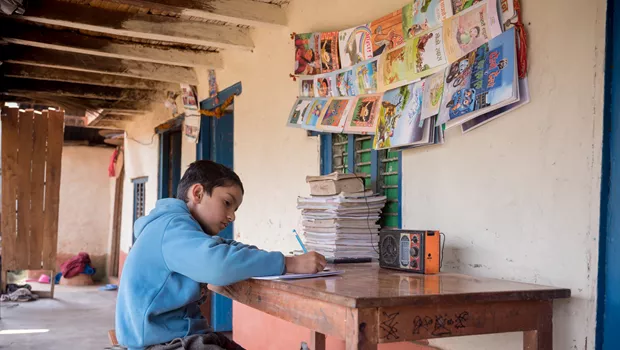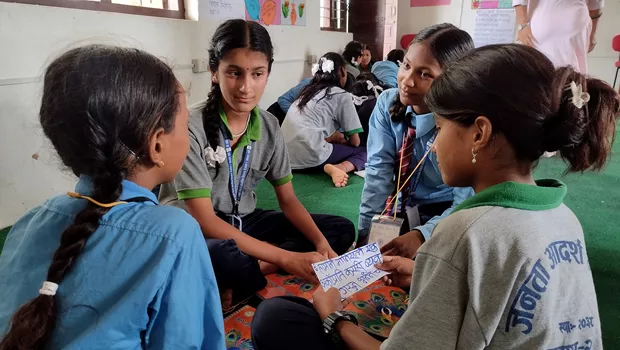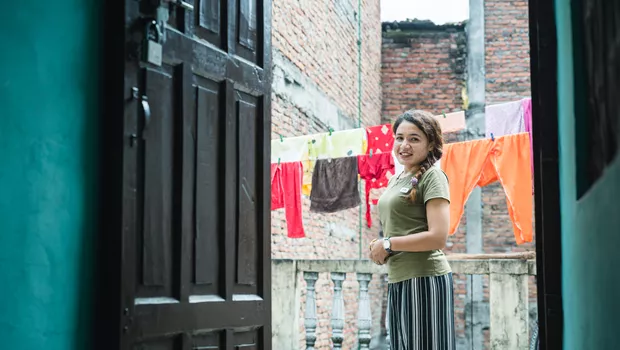Our first country of operation, Room to Read Nepal, pioneered much of Room to Read’s early work. Today, our literacy and girls’ education programs thrive throughout Nepal and we continue to be a catalyst for change in the country’s educational landscape.

Nepal
Today the need to invest in education is more urgent than ever before. Consider this alarming fact: more than 70 percent of children living in low- and middle-income countries cannot read by age 10 as of 2022, representing a perilous setback in the consistent progress achieved in education pre-pandemic. The children most vulnerable to never overcoming this educational crisis reside in remote, hard-to-reach regions like the landlocked nation of Nepal. Its rugged mountainous terrain limits easy and safe access to schools while making it acutely susceptible to natural disasters, exacerbating already daunting educational hurdles.
As global economic conditions worsen, many children face increased pressure to drop out of school to help their families with farming or other income-generating work. Girls, especially upon entering secondary school, face disproportionate challenges in completing their education as they navigate complex cultural norms and pressures to drop out of school to marry early or find work. With many communities located in elevated, mountainous areas, many children struggle with easy and safe access to schools, especially during natural disasters, exacerbating already daunting educational hurdles. Adding to these challenges, burdensome government regulations have inhibited foreign investment in Nepal, underscoring the need for nonprofits to expand their efforts to address critical educational needs.









